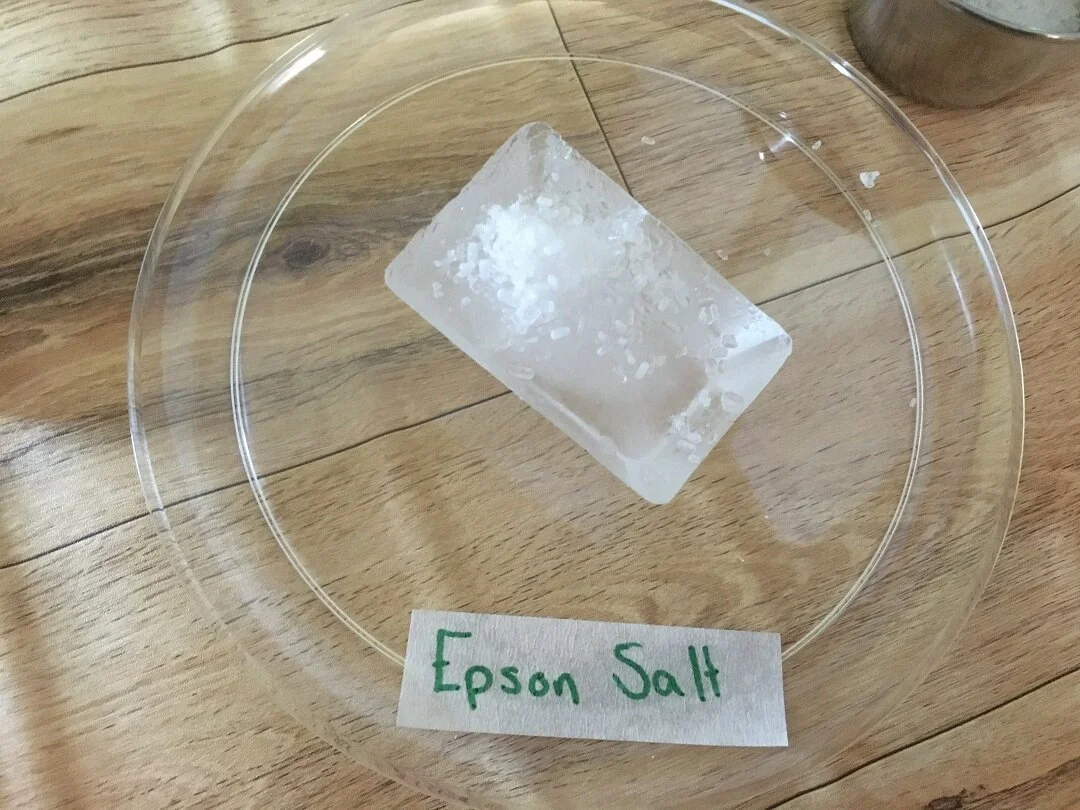Understanding the Scientific Method
Get Curious! Exploring With The Scientific Method
Science is all about being curious, asking questions, thinking through a problem, and coming up with solutions to that problem. Using the scientific method, you can create your own experiment. Below we have outlined an experiment to try first and practice your scientific observation skills before developing your own experiment.
Let’s review the Scientific Method
Ask a question – What is something you want to know more about?
Find out more – What information do you already know about your question?
Make a hypothesis – What do you think the answer to your questions is? What do you think will happen when you test?
Plan your investigation – How will you find out if your hypothesis is true? What is needed to test it?
Test your hypothesis – Get messy with science and test your experiment.
Observations – What did the experiment show you? All observations are important.
Conclusions – What does it all mean? Did your results show your hypothesis? Tell someone about your experiment and what you discovered.
To test out the scientific method, try doing this experiment. Make observations and share your conclusions with others.
Ice Melt Experiment
Question:
Does one kind of salt melt ice faster?
Find out more:
Ever wonder why salt is used on sidewalks in the winter? As ice melts you are changing the matter from a solid back into a liquid. Salt lowers the melting temperature of ice because it limits the number of atoms that can freeze within the water. The salt is acting as a solute — which is a substance that is dissolved in another solution. For every molecule of foreign particles, like salt, are dissolved in a kilogram of water, the freezing point goes down by roughly 1.7 to 1.9 degrees Celsius. Therefore, the more soluble a substance is the harder it is to freeze
Make a Hypothesis:
I think all salt will melt ice the same. (What do you think?)
Plan your investigation:
To conduct this experiment, you will need:
Ice: Water, ice cube tray or small containers
Types of salt: Sea salt, Epsom salt, Table salt
Other tools: measuring spoon, plate, clock or timer, freezer
Preparation: Fill ice cube tray with water or at least 4 small containers with water and place in the freezer overnight.
Experiment set up:
1. Label 3 plates with the type of salt you are using: sea salt, Epsom salt, and table salt. Label a 4th plate with “only ice”. This is the control variable for the experiment, the one thing that doesn’t have anything else effecting it.
2. Remove the ice cube tray from the freezer.
3. Place an ice cubes on each plate.
4. Put the different types of salt in small bowls and place by the in front of the plate that is labeled with that type of salt.
5. Using measuring spoon, add only ½ of a teaspoon of salt onto each of the ice. Try to do this with each type of salt as quickly as possible.
6. Start the timer. Observe which ice is melting the quickest.
Observations:
• Does the kind of salt make a difference on the speed the ice is melting?
In our observations, we found that the table salt melted the fastest, followed by the other types salt. However, the speed it melted was very close to being the same. I wonder why this is? Perhaps it is the size of the salt crystals.
Try this experiment for yourself and make your own observations.
Conclusions:
By using salt as a variable in this experiment we were able to notice the changes that it made to the ice. It started off slow but after a few minutes, the ice began to melt. The table salt seemed to melt a bit faster. We observed that the time between when the salt was added and when we first saw melting on each kind of salt wasn’t that different from each other. We observed that all salt melts ice but the small particles in the table salt might have made it melt faster.
What other experiments can you think of? Here is a list of some hypothesis ideas to get you thinking:
• What would other substances such as sugar, baking soda, or flour do to ice?
• What kind of soap makes the best bubbles?
• Does the type of music help me to concentrate?
• Can a plant grow without the sun?
• What liquid keeps ice frozen for the longest time?
• Can a plant grow if the pot is upside down?
Taking it further:
If you do not know the answer to a question, learn and research more about it. Encourage dialogue about science and discuss topics with others in your family.
Not all questions are good questions to use to explore the scientific method. A good question is something that can be investigated. Help guide questioning into ones that can be tested and ones that might be better to be researched. If the question cannot be investigated through the scientific method, you can still research the topic to learn more.
Encourage observation and note taking. Create a lab book for making notes on paper. If written skills are not developed, use words to describe out loud what it is happening or draw pictures.
Loving this content? Make a donation to the Saskatchewan Science Centre!
#letssciencethis #SaskScienceCentre #AtHomeWithCASC #ScienceChampions #ScienceAtHome #realsciencerealfun #scientificmethod #icemelting







